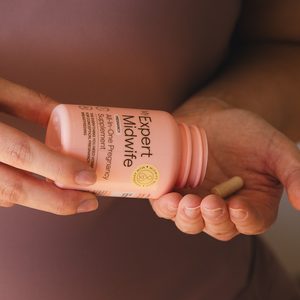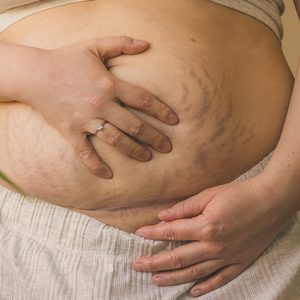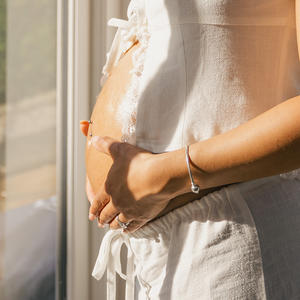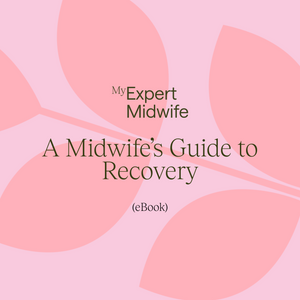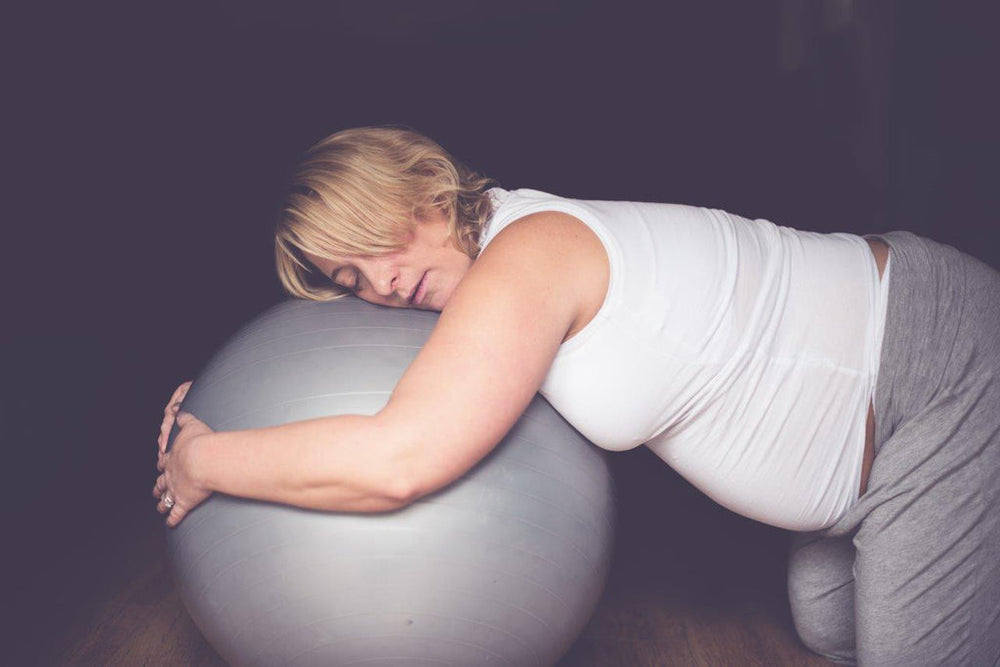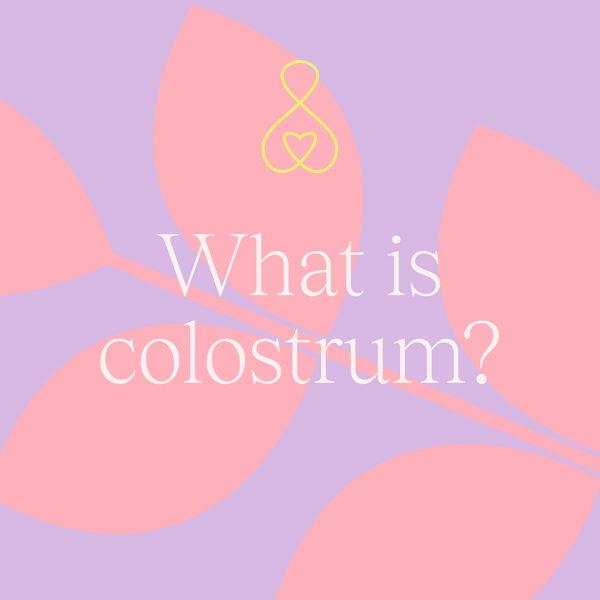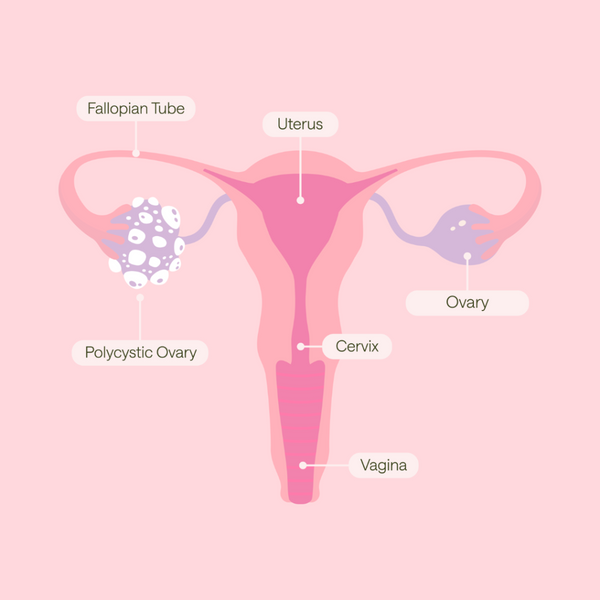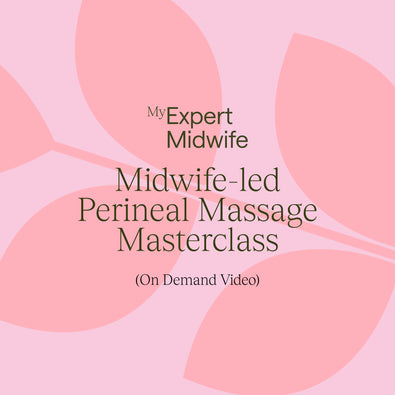
Regardless of whether you go into labour naturally or are undergoing an induction of your labour you are likely to have some level of fear and, with that, comes the fear-pain cycle: the more fearful you become, the more pain you appear to feel.
Learning to manage your levels of fear or apprehension, enables you to cope with the sensations of labour more effectively. Yet, as individuals, we all feel pain differently and experience different levels of fear and anxiety, and there are many forms of pain control available to use, including non-pharmacological (natural) and pharmacological (medication).
The most amazing thing about labour and birth is not just the birth itself but the way women will instinctively behave, as if they have all read the same textbook. Their behaviour is so similar that midwives are able to relatively accurately pinpoint the stages of labour that they may be in only by observing them.
The level of emotional support a woman receives during her labour has a big impact on her ability to cope. Women who have little in the way of emotional support are more likely to become fearful and request pharmacological pain relief sooner, whereas women who have good emotional support and are prepared for labour are likely to use very little pharmacological pain relief, or none at all.
Natural (non-pharmacological) options for pain relief in labour
Non-pharmacological pain relief is about using effective methods to help ease pain which are not medicine based. These methods can be very useful during the latent phase/early labour but can also be used throughout labour. They include the use of water, TENS, aromatherapy, massage, hypnobirthing, and working with your environment to help you feel safe and facilitate your labour.
We would encourage you to try at least some, if not all, of these options first, as they are the safest and you may find you do not need anything else.
Water
Waterbirth has a strong research base behind it to suggest that it is effective not only to help relieve labour pain, but also in helping to shorten labour, as well as helping to reduce the incidence of tearing during your baby’s birth. Some women find a soak in the bath relaxing or a powerful shower can help relieve aches and pains in early labour too. Experiment at the time to see what works best for you.
You may feel that the water works so well that you don’t need stronger pain relief, however you can also use paracetamol, dihydrocodeine and gas and air whilst in the pool too. If you have had pethidine or diamorphine, you will probably be advised to wait a while before entering the pool as these can make you drowsy.
TENS (Transcutaneous Electrical Nerve Stimulation)
This is a small machine with wires which provides electrical pulses via pads which stick on your back and can help with contractions through labour. It is best applied early on in labour and started off on a low setting, so you are able to become accustomed to the tingling sensations. You can gradually build up the strength and, in the case of TENS machines that are specially designed for labour (there are others for chronic back pain), there is a ‘boost’ button which you can use to top up the intensity, usually during a contraction.
It works by interfering with the pain message from the sensory nerves through your spine to your brain, helping to relax tense muscles and increase endorphin production - the body’s natural cocktail of pain relief chemicals. You’ll notice it as a buzzing, warming feeling on your back and you can safely use it at any time in your pregnancy and labour, except for when you are in water.
Some maternity units do have TENS machines and can lend them to you during labour, so check with your local unit. They are also available to rent or buy in most chemists.
Aromatherapy
Aromatherapy uses the natural benefits of plants by using their essential oils to enhance physical and mental wellbeing. Essential oils work by inhalation as they stimulate the limbic part of our brain which can influence behaviours and emotions. The limbic system is responsible for our hormone secretions, emotional reactions and how we perceive our mood to be.
The oils may be used by massaging into the skin, in a bath or inhaled using a steam infusion, or burner. If you research this before labour you will know which oils are useful for their calming and energising properties, but also which ones you like the smell of.
Essential oils can be several times stronger than dried herbs and should be used with care. There are also some essential oils which are not suitable during pregnancy and labour, so it is wise to be careful when choosing which ones to use. Diluting them, as recommended, with a carrier oil prior to use is paramount, as undiluted essential oils can cause irritation if applied directly to the skin.
Particularly in pregnancy, and around babies, it is best to use pre-blended mixtures, so you know the concentrations are safe for you and your family for you and your family. Our Labour Rollerball and Spritz for Labour Spray have been specifically developed for use in pregnancy and labour.
Massage
Once you have chosen your massage product or blended your own massage oil, you can practise different techniques during pregnancy, but it may not be until labour that you discover which ones work the best. Birth partners and/or doulas can be essential for providing massage and pressure for you during labour. Make sure they know which types are more helpful to you by experimenting with different techniques during pregnancy and in labour.
One of the most useful types of massage during labour can be sacral massage or sacral pressure, which is usually applied firmly at the base of the spine, just above the buttocks:
Sit down facing the back of a chair and lean forwards.
Just above the crease of your bottom, your partner will see a diamond shape.
Ask them to put their thumbs either side of the diamond.
When you have a contraction, ask your partner to press firmly with both thumbs until the contraction has stopped.
They can also use the heel of their hand, their fist, or our Marvellous Massaging Stick on the same area.
Hypnobirthing
Hypnobirthing is a range of techniques taught via interactive classes,from audios and books, which enable those who have learnt about breathing, visualisation, and how to make choices in maternity care, to achieve a more relaxing and empowering birth. The key is the work you will do during learning hypnobirthing to release fear, stress and worry, which will enable your body to work efficiently and comfortably.
Women and their partners who have learnt hypnobirthing techniques report that these have been invaluable for helping them during labour and birth as well as empowering them to navigate the maternity system. Hypnobirthing is not just for women wanting to have a natural drug free birth but can be utilised by all women to help them feel in control and to help to reduce anxieties and tensions surrounding labour and birth.
Creating a homey environment
The levels of hormones such as oxytocin (the ‘love hormone’ you need to labour and bond with your baby) and endorphins (naturally occurring painkillers) are affected by your environment and are known to increase when you feel safe, warm, relaxed and are free to move.
Oxytocin can be reduced during stressful situations when the hormone adrenaline takes over. Therefore, keeping a relaxing and calming environment around you can help your labour to progress more naturally and effectively. Once you feel more relaxed you will be able to feel as though you can focus on labour and birth and getting into your ‘zone’.
From turning lights down/off, to moving the bed, covering clocks and bringing homely comforts like throws, cushions, photos and affirmations, you can adapt your hospital room to help you to own your birth environment and feel more comfortable with your surroundings. This will inevitably help you to feel calmer and more in control.
Pharmacological pain relief
Pharmacological pain relief is in the form of a medicine, some of which are available over the counter and some which need to be prescribed.
Paracetamol
Paracetamol can be easily obtained over the counter from most shops, and it can be helpful during the earlier stages of labour. In labour, it is often given together with dihydrocodeine (see below) for stronger pain relief. It may also be offered to you to lower your body temperature if you develop a fever.
It is important not to exceed the stated dose of 4g in a 24-hour period. Check the label to see the dosage of each individual tablet. In the UK, most paracetamol is sold in 500mg tablets, which means that you can take up to 8 of these over 24 hours
Codeine & dihydrocodeine
Codeine and dihydrocodeine are part of the opioid family and can be helpful in relaxing the body during labour. They are given in tablet form and help by changing the way that the brain perceives pain. Both are often given alongside paracetamol, and there is a drug which combines codeine and paracetamol together, called co-codamol.
They offer relief from pain for about 3 hours, yet their side-effects can last considerably longer. As with all opiates they cause constipation, so be aware of this after you have had your baby, you may need a stool softener. Other side-effects can include drowsiness in you and your newborn baby (this may interfere with baby’s feeding), nausea, and vomiting. Dihydrocodeine is 2-3 times stronger than codeine.
Gas and Air
This is also known as Entonox, or laughing gas, and it is 50% oxygen and 50% nitrous oxide. Gas and air is inhaled through a mouthpiece connected to a tube, which can be attached to the source in the wall (in most hospitals) or a portable canister. It is available to use in delivery suites, birth centres, at homebirths, and during water-births. The main benefits of entonox are its ease of use and the speed at which you will notice its effect.
Because it is already ‘active’, meaning that your body does not need to do anything with it, it has its peak action thirty seconds after inhaling it. It is also breathed out in the same state, so its effects are out of your system in around sixty seconds. Because of this, it works most effectively if you start to take it as soon as you feel a contraction building and continue to breathe it until the contraction has subsided.
Many women manage well using just Entonox if their labours are straightforward and find that they do not need other forms of pain relief. Although it can make some women feel sick or light-headed - a little bit like drinking alcohol -, these feelings usually subside after using it through a few contractions. The good thing is, if you do not like the feeling, it has gone within a few seconds
Opioids: Diamorphine, Pethidine & Meptid
Diamorphine, pethidine and Meptid are all effective forms of pain relief, and they are also ultimately a form of sedation, in that they remove you mentally from the pain. They are given by injection into a muscle and take about 20 minutes to work, with effects lasting up to 4 hours.
Opioids can help you to relax, or even sleep, and may be an option to consider instead of an epidural, or before you request an epidural. You will be able to remain more mobile with this form of pain relief than with an epidural.
Meptid is rarely used now, as it is generally not considered to be as effective for pain relief as pethidine or diamorphine. The latter 2 offer similar pain-relieving qualities and, although they both have side-effects (nausea, vomiting, dizziness, sedation and respiratory depression), pethidine is thought to have more side-effects and shorter pain-relieving effects in comparison to diamorphine.
Opioid injections cross over the placenta and into your baby’s circulation. Depending on when your baby is born after administration of the drug, he/she may be very sleepy, which may affect their feeding - especially if you are breastfeeding. Your baby may also need some help with their breathing at first.
Epidural & Spinal Block
Epidurals and spinal blocks are regional anaesthetic, which means they remove pain from a whole part of the body whilst you remain awake. They effectively block the nerves which carry the pain impulses from your abdomen, where your contractions are, to the brain. They have a numbing effect from the waist down, so any sensations during the birth will be either muted or you will not be able to feel much at all.
With an epidural, the anaesthetic drug is injected into the epidural space in your spine, whilst with a spinal block, the anaesthetic is injected into the spinal space (not the spinal cord). The epidural has a thin plastic line left in and taped to your back so a constant infusion of the anaesthetic can be administered during labour. A spinal is a similar procedure but it is a one-off injection and is more commonly used for caesarean sections, repairing more complex tears, or during a manual removal of placenta. It does not have the same effects as pethidine or diamorphine which can make you feel sick and/or tired.
An anaesthetist is the only person who can give an epidural or spinal, so it will only be available on a consultant-led delivery suite and not in birth centres or at home. Most anaesthetists will insert an epidural whilst you are sat upright on the side of the bed, facing your partner, doula or midwife. It is a procedure which needs a sterile area and usually takes around 20 minutes to complete. You will need a cannula in your hand first so fluid can be given in case your blood pressure drops. You will then sit upright to ensure that the medication is evenly distributed, and your midwife will begin monitoring your blood pressure, as this can initially drop.
During the time that the epidural is working, your midwife will keep a close eye on your blood pressure and monitor your baby’s heart rate. If your labour is still classed as low risk, then you will not normally require a continuous heart rate trace. You will need to have good bladder care, so your midwife will help you to regularly empty your bladder either with a bedpan or a catheter.
For one in ten women the epidural is only partially effective, or not at all. In these cases, you may be given a higher dose of medication, or the anaesthetist will either move or reinsert the plastic tube in your back. For women having their first babies, an epidural increases the chances of needing an assisted birth. This is partly due to the effect that it has on slackening your pelvic floor, on the inability of knowing exactly where to push and that you are laying down in bed to push.
About 1 in 100 women gets a headache after an epidural. If this happens, it can be treated once your baby has been born and your doctor will explain the plan for this when you are on the postnatal ward.
Although having an epidural means that your labour and birth will be managed more closely by your midwife and, perhaps, your medical team, it is generally a great form of pain-relief and the choice to have one is yours.
Summary
Pain relief for labour can come in many forms, from emotional support, water and massage, through paracetamol and gas & air, to an epidural. The key is to know all your options and have them in an imaginary toolbox, from which you can choose what you want or need at any given moment.
Being informed and having your choices and wishes written on a birth plan can help you navigate your choices, and help your birth partner/s and the team looking after you to know what you want and support you.
